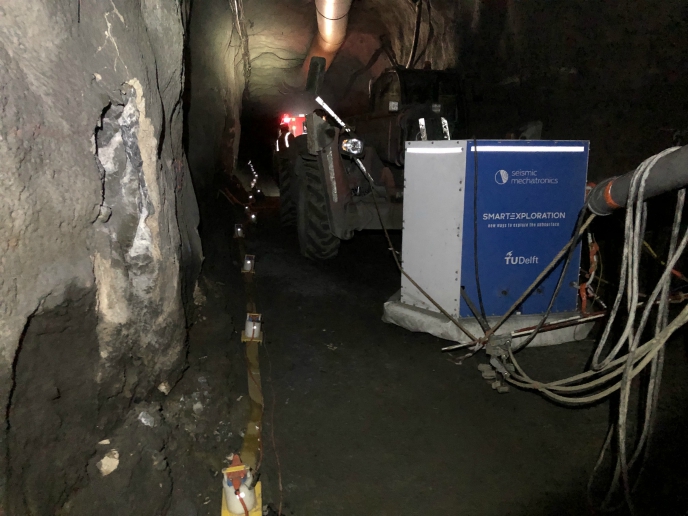Geometrical investigations of the Casimir effect
Far from being empty, modern physics assumes that a vacuum contains electromagnetic waves of all possible wavelengths that can never be completely eliminated. This implies that empty space has a certain amount of energy. If mirrors are placed facing each other in vacuum, some of the waves will fit between them, while others will not. As the reflecting surfaces move closer to each other, the longer waves will no longer fit. As a result, the total amount of energy in the empty space between the plates will be a bit less than elsewhere. Within the EU-funded MUFO (Multiscattering formalism: Casimir effect and related topics) project, scientists examined the Casimir effect between compact objects of different geometries. Their study focused on plates as well as spheres and axially symmetric objects. MUFO scientists looked into how such objects attract each other – just as two objects held together by a stretched string will move closer together as the energy stored in the string decreases. In addition, they analysed modifications of the Casimir effect between spheres, corresponding to atoms and placed along the cylinder axis. Scientists found analytical descriptions of interactions between spheres and cylinders at short and long distances. A key point in determining how these interactions depend on distance was the spatial propagation of electromagnetic waves and how they are scattered differently off objects with different geometries. The seminal work of Hendrick Casimir, Fritz London, and Dirk Polder in the 1930s and 1940s had identified quantum electromagnetic fluctuations to be the source of both short- and long-range interactions between polarisable objects. More recent studies revealed their modifications, such as retardation and non-additivity. The MUFO team studied fluctuations of electromagnetic fields developed because of the presence of dielectrics in a system of charged particles. With the use of the proximity force approximation, it was possible to obtain a deeper understanding of Casimir forces in systems in and out of equilibrium. MUFO work is expected to pave the way towards the exploration of more complex Casimir phenomena. Project findings could profoundly impact emerging technologies involving microelectromechanical systems or quantum information processing.







